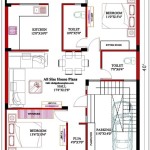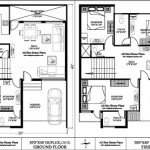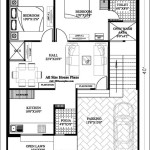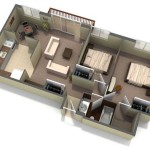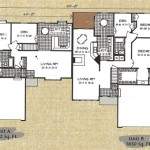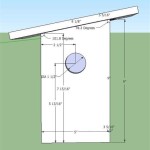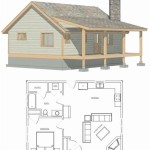Essential Aspects of a House Plan
When embarking on the exciting journey of building your dream home, a well-conceived house plan is an indispensable foundation. It serves as a blueprint, guiding every aspect of the construction process, from the layout and flow of rooms to the electrical and plumbing systems. Understanding the key components of a house plan will empower you to actively participate in shaping your home and ensure it meets your unique needs and desires.
Layout and Flow
The layout of a house plan refers to the arrangement and orientation of rooms within the home. It should prioritize functionality and create a harmonious flow between spaces. Consider the following factors when assessing the layout:
- Circulation: The plan should provide clear and efficient paths of movement throughout the house, minimizing bottlenecks and dead-end spaces.
- Privacy: Bedrooms and bathrooms should be positioned to offer privacy, while common areas such as living rooms and dining rooms should be located in more public areas.
- Relationship between spaces: The plan should create logical connections between rooms. For example, the kitchen should be adjacent to the dining room for convenient dining.
Room Dimensions and Proportions
The dimensions and proportions of rooms have a significant impact on functionality and comfort. Consider the following guidelines:
- Minimum room sizes: Building codes typically specify minimum room sizes based on the intended use. However, it's advisable to exceed these minimums whenever possible to enhance livability.
- Ceiling heights: Taller ceilings create a more spacious and airy feel, but they also increase construction costs. Determine the optimal ceiling height based on your budget and aesthetic preferences.
- Proportion: Rooms should have well-balanced proportions. Avoid long, narrow spaces or overly square rooms.
Windows and Natural Lighting
Windows are crucial for providing natural light, ventilation, and a connection to the outdoors. Consider the following:
- Size and placement: Larger windows allow for more light, but they can also compromise privacy. Place windows strategically to maximize daylight while maintaining security.
- Type of windows: Different window types offer varying levels of ventilation and privacy. Choose windows that suit the specific requirements of each room.
- Orientation: The position of windows in relation to the sun's path affects the amount of natural light and heat entering the home.
Electrical and Plumbing Systems
Electrical and plumbing systems are essential for the functionality and comfort of your home. It's important to ensure that the plan includes:
- Electrical outlets: The plan should indicate the location and number of electrical outlets in each room, ensuring sufficient access to power for appliances and electronics.
- Lighting: The plan should specify the type and location of light fixtures, considering both natural and artificial lighting needs.
- Plumbing fixtures: The plan should include the placement of sinks, toilets, showers, and other plumbing fixtures, as well as the necessary plumbing pipes and drains.
Exterior Features
The exterior of your home plays a significant role in its curb appeal and functionality. The house plan should address the following:
- Roofing: The plan should specify the type and slope of the roof, as well as the materials to be used.
- Siding: The plan should indicate the type of siding material, such as wood, vinyl, or brick, and its color and texture.
- Windows and doors: The exterior elevation drawings of the plan should show the placement, size, and style of windows and doors.
Working with an Architect
Collaborating with a qualified architect is highly recommended for designing a house plan that meets your specific needs and preferences. Architects have the expertise and experience to translate your vision into a comprehensive and functional plan. They can guide you through the planning process, ensuring that the resulting design aligns with your expectations and budget.
By understanding the essential aspects of a house plan, you can play an active role in shaping the home of your dreams. A well-conceived plan will serve as a valuable roadmap for the construction process, ensuring that your home meets all your functional, aesthetic, and budgetary requirements.

House Plans How To Design Your Home Plan

House Plans How To Design Your Home Plan

Small House Design 2024001 Pinoy Eplans Floor Plans

House Plans How To Design Your Home Plan

Top 50 Amazing House Plan Ideas Engineering Discoveries Budget Plans Bungalow Floor Simple

Peach Tree House Plan Ranch Floor Designs

House Plans How To Design Your Home Plan

Floor Plan Creator And Designer Free Easy App

How To Read A Floor Plan With Dimensions Houseplans Blog Com

Small House Design 2024005 Pinoy Eplans Modern Plans Layout


